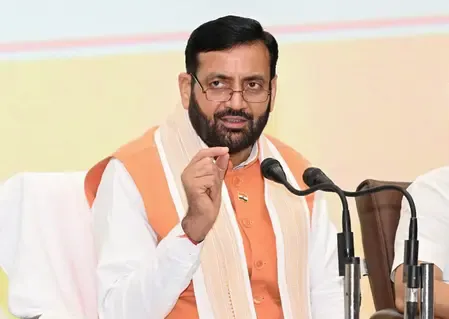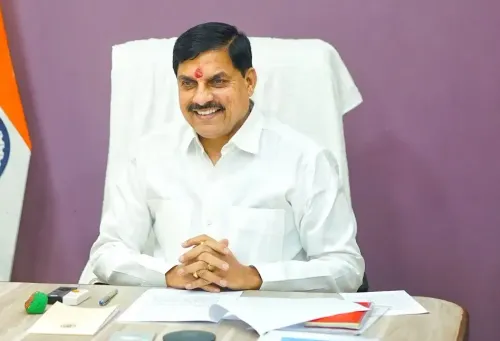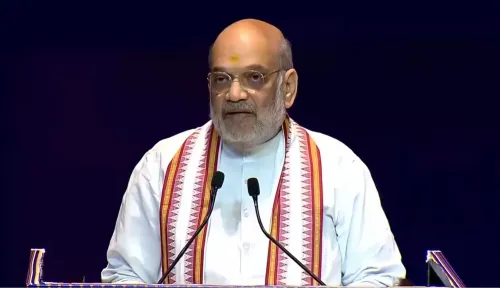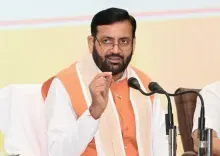How Are India and Australia Strengthening Energy Ties in the Fight Against Climate Change?
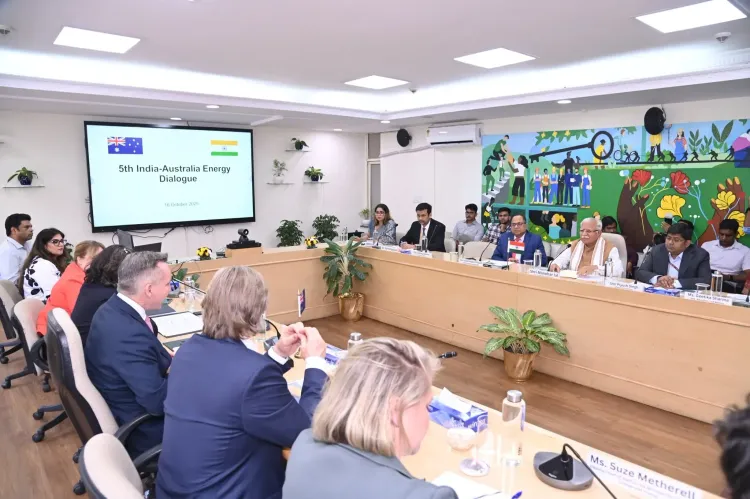
Synopsis
Key Takeaways
- India and Australia are boosting energy cooperation to tackle climate change.
- Focus on energy efficiency and green hydrogen is central to discussions.
- India's renewable energy capacity has reached 50 percent this year.
- Commitment to net zero emissions by 2070 is reaffirmed.
- Partnership strengthens energy security in the Indo-Pacific region.
New Delhi, Oct 16 (NationPress) India and Australia have reached an agreement to boost bilateral collaboration in energy efficiency and enabling technologies as part of their strategy to combat climate change.
The discussions took place during the fifth session of the India-Australia Energy Dialogue, co-chaired by Power Minister Manohar Lal and Chris Bowen, Australia’s Minister for Climate Change and Energy.
The agenda included the global shift towards net zero emissions, practical collaborations, and fostering dialogue in the realms of energy efficiency and enabling technologies, while also emphasizing the significance of green hydrogen. Both ministers confirmed their commitment to being reliable and trusted partners in the energy sector, recognizing the critical nature of diversified, secure, and resilient supply chains, according to an official statement.
The dialogue underscored that the India-Australia partnership plays an essential role in promoting secure, robust, and sustainable energy systems within the Indo-Pacific region.
The Indian delegation, which included officials from the Ministry of Power, Ministry of New and Renewable Energy, Ministry of Petroleum and Natural Gas, Ministry of Mines, and Ministry of Coal, presented detailed reports on their progress and future cooperation strategies through their respective Joint Working Groups.
In the meantime, India's increasing integration of renewable energy into its national grid has led to a notable reduction in average carbon emission intensity of grid electricity, with a decrease of approximately 7 percent (from 0.78 kg/KWh in 2014-15 to 0.72 Kg/KWh) according to Parliament's figures released in August.
Minister of State for Power, Shripad Naik, announced that India has already fulfilled its target of achieving 50 percent of its installed electricity generation capacity from renewable sources this year, a goal set for 2030.
“In the updated Nationally Determined Contribution (NDC) submitted to the United Nations Framework Convention on Climate Change (UNFCCC) in August 2022, India aims to achieve around 50 percent of its total electric power installed capacity from non-fossil fuel energy resources by 2030. As of July 31, 2025, the share of non-fossil fuel based installed capacity has reached 50.25 percent of total installed generation capacity,” the minister stated in a written response to a query in the Lok Sabha.
India is steadfast in its commitment to address climate change while ensuring energy security, affordability, and accessibility as essential, non-negotiable priorities necessary for growth and development, all while transitioning towards achieving Net-Zero emissions by 2070, he added.


